However, one of the major challenges faced by both consumers and manufacturers is the occurrence of mold in tomato paste. Moldy tomato paste poses various risks such as food safety concerns, economic losses, and negative impacts on brand reputation. In this article, we will delve into the causes of molding in tomato paste, its consequences, and effective prevention strategies. Causes of Mold in Tomato Paste: 1. Moisture Content: Tomato paste with high moisture content provides an ideal breeding ground for mold.

.
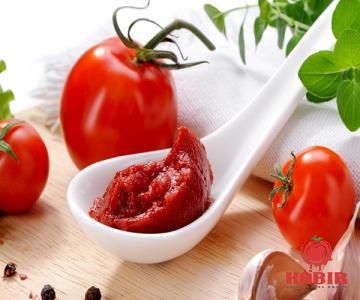 Contamination during processing, improper storage, or canning defects can result in excess moisture, leading to mold growth. 2. Lack of Preservation Techniques: Inadequate preservation methods during manufacturing or packaging, such as insufficient sanitization practices or ineffective sealing, can allow mold spores to enter the product. 3. Improper Storage: Storing tomato paste in warm, humid environments, exposing it to sunlight or oxygen, can accelerate mold growth. Additionally, using contaminated utensils or leaving the container open can introduce mold spores into the product. Consequences of Moldy Tomato Paste: 1. Health Risks: Moldy tomato paste can pose serious health risks if consumed.
Contamination during processing, improper storage, or canning defects can result in excess moisture, leading to mold growth. 2. Lack of Preservation Techniques: Inadequate preservation methods during manufacturing or packaging, such as insufficient sanitization practices or ineffective sealing, can allow mold spores to enter the product. 3. Improper Storage: Storing tomato paste in warm, humid environments, exposing it to sunlight or oxygen, can accelerate mold growth. Additionally, using contaminated utensils or leaving the container open can introduce mold spores into the product. Consequences of Moldy Tomato Paste: 1. Health Risks: Moldy tomato paste can pose serious health risks if consumed.
..
 Certain molds produce mycotoxins, which can lead to various health issues including allergic reactions, respiratory problems, and gastrointestinal disorders. 2. Economic Losses: Mold-contaminated tomato paste can result in substantial financial losses for manufacturers and retailers. Discarding tainted products and potential recalls not only lead to wasted stock but also incur additional costs in terms of disposal and reputation management. 3. Brand Reputation: The presence of mold in a product can significantly tarnish the reputation of a brand. News of moldy tomato paste spreads quickly through social media and online reviews, creating negative consumer perceptions that may take time to rectify. Prevention Strategies: 1. Quality Control: Implement stringent quality control measures at every stage of the production process.
Certain molds produce mycotoxins, which can lead to various health issues including allergic reactions, respiratory problems, and gastrointestinal disorders. 2. Economic Losses: Mold-contaminated tomato paste can result in substantial financial losses for manufacturers and retailers. Discarding tainted products and potential recalls not only lead to wasted stock but also incur additional costs in terms of disposal and reputation management. 3. Brand Reputation: The presence of mold in a product can significantly tarnish the reputation of a brand. News of moldy tomato paste spreads quickly through social media and online reviews, creating negative consumer perceptions that may take time to rectify. Prevention Strategies: 1. Quality Control: Implement stringent quality control measures at every stage of the production process.
…
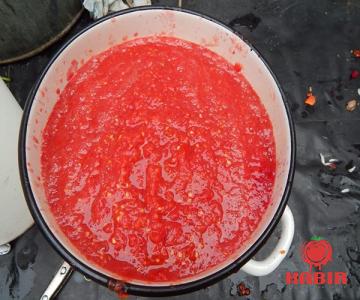 Regular testing for mold during processing and packaging is crucial to ensure only mold-free products make it to the market. 2. Proper Storage Conditions: Store tomato paste in cool, dry areas away from direct sunlight. Ensure proper sealing of containers to prevent the entry of mold spores. 3. Hygiene Practices: Maintain high standards of cleanliness and hygiene during processing, handling, and packaging to minimize the risk of contamination. 4. Education and Training: Educate employees about the importance of mold prevention and equip them with appropriate training to identify and address potential mold issues promptly. Conclusion: The presence of mold in tomato paste represents a significant challenge that both manufacturers and consumers face. By understanding the causes and consequences of mold growth and implementing effective prevention strategies, the industry can work towards producing safe, high-quality tomato paste products. Prioritizing quality control, proper storage conditions, hygiene practices, and employee education can significantly reduce the occurrences of mold and safeguard consumer health, brand reputation, and economic stability.
Regular testing for mold during processing and packaging is crucial to ensure only mold-free products make it to the market. 2. Proper Storage Conditions: Store tomato paste in cool, dry areas away from direct sunlight. Ensure proper sealing of containers to prevent the entry of mold spores. 3. Hygiene Practices: Maintain high standards of cleanliness and hygiene during processing, handling, and packaging to minimize the risk of contamination. 4. Education and Training: Educate employees about the importance of mold prevention and equip them with appropriate training to identify and address potential mold issues promptly. Conclusion: The presence of mold in tomato paste represents a significant challenge that both manufacturers and consumers face. By understanding the causes and consequences of mold growth and implementing effective prevention strategies, the industry can work towards producing safe, high-quality tomato paste products. Prioritizing quality control, proper storage conditions, hygiene practices, and employee education can significantly reduce the occurrences of mold and safeguard consumer health, brand reputation, and economic stability.

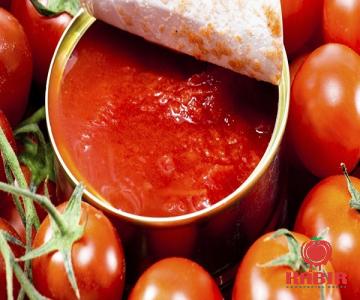




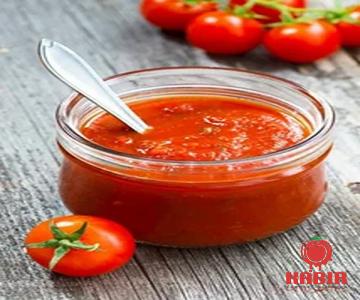


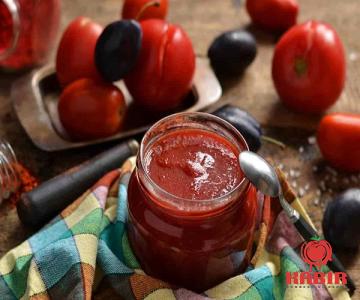
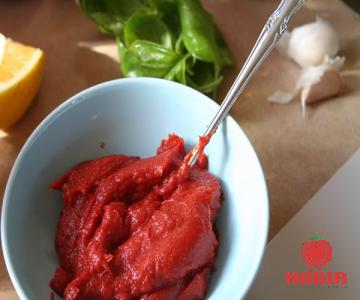
Your comment submitted.